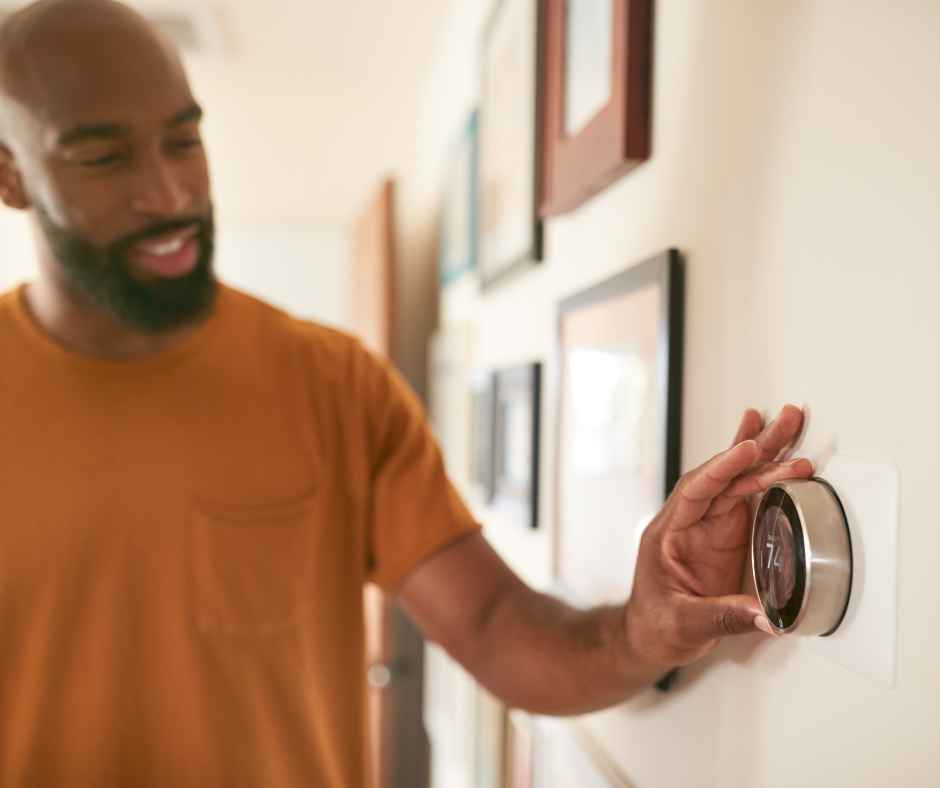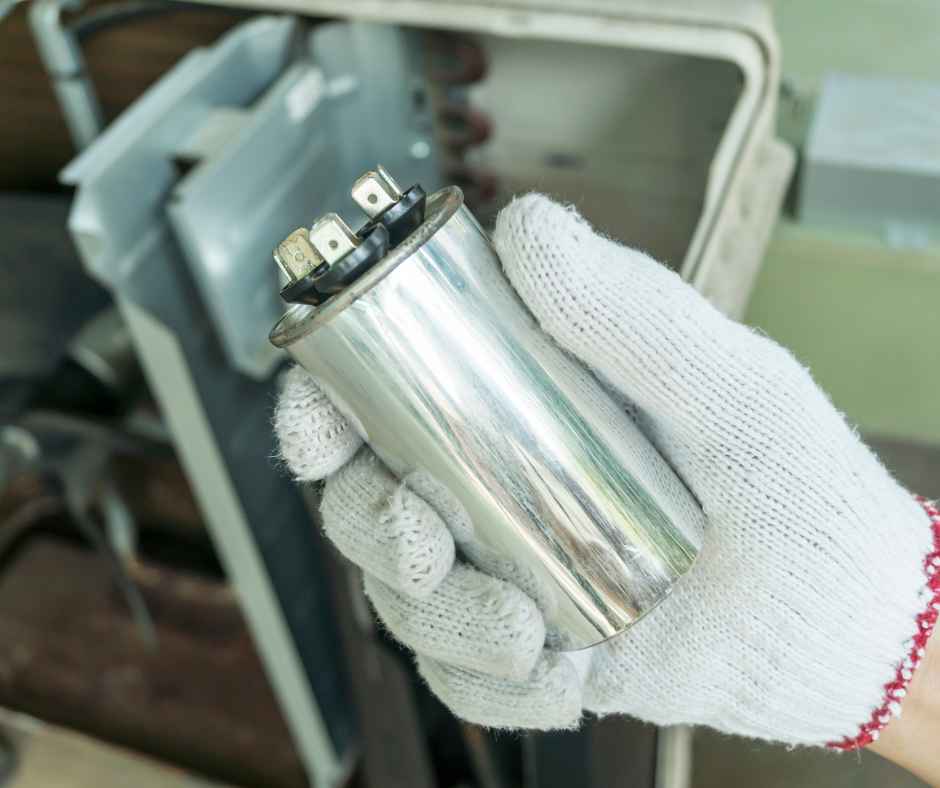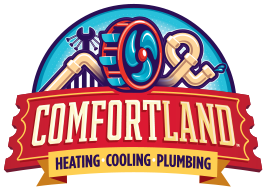
Are you constantly battling a layer of dust on your furniture, even just days after cleaning? If you’ve ever wondered why your home is so dusty, you’re not alone. Many homeowners face this frustrating issue, but with the right knowledge and tools, you can significantly reduce the amount of dust in your home. In this post, we’ll explore where dust comes from, how it forms, and provide effective strategies on how to get rid of dust in your house.
Where Does Dust Come From?
Dust is a collection of tiny particles that can come from various sources both inside and outside your home. Common components of household dust include pollen, fabric fibers, paper fibers, skin cells, hair, and even microscopic specks of plastic. Outside, dust can enter through open windows and doors, carried in on shoes and clothing or through ventilation systems. Understanding these sources is the first step in tackling the problem of excessive dust in your house.
Why Is My House So Dusty?
Several factors contribute to the accumulation of dust in a home. Poor ventilation can trap dust inside and prevent it from circulating out. High humidity levels can also increase dust as it clings to moist surfaces more easily. Additionally, everyday activities like cooking, cleaning, and even moving around can stir up dust particles, making them airborne.
Why Is My Room So Dusty?
Individual rooms often have unique factors contributing to dust accumulation. For example, bedrooms accumulate more dust due to the high amount of fabric from bedding and clothing, which sheds fibers. Electronic devices in living rooms or home offices can also attract dust due to static electricity. Understanding the specific conditions in each room can help you address the dust issue more effectively.
How Does Dust Form?
Dust formation is a continuous process in any household. It forms as everyday items degrade — fabrics shed fibers, human skin flakes off, and outdoor dirt gets tracked inside. The cycle of dust formation is constant, but the rate can be exacerbated by environmental factors such as dry air, which makes particles lighter and more prone to floating around.
How to Get Rid of Dust in Your House
Reducing dust in your home requires a multi-pronged approach. Here are some effective strategies:
- Enhance Air Filtration: Upgrade to high-efficiency particulate air (HEPA) filters in your HVAC system. These filters are capable of trapping extremely small particles, reducing the amount of dust recirculating through your home.
- Regular Cleaning: Consistent vacuuming with a HEPA-filter-equipped vacuum cleaner can capture more dust and reduce its accumulation. Dust surfaces with microfiber cloths that trap dust instead of spreading it around.
- Control Humidity: Use dehumidifiers or humidifiers to maintain optimal indoor humidity levels (between 30% and 50%). This balance helps prevent dust from sticking to surfaces and becoming airborne.
- Seal Leaks: Ensure windows, doors, and ductwork are properly sealed to prevent outdoor dust from entering.
- Declutter: Reducing clutter in your home can minimize dust traps and make cleaning easier and more effective.
- Proper Ventilation: Use exhaust fans in bathrooms and kitchens to expel dust-laden air and help with air circulation throughout your home.
Tackling Excessive Dust in Your House
If you’re experiencing excessive dust in your house, it may indicate issues with your home’s air quality and HVAC system. Regular maintenance of your HVAC system, including professional cleaning of air ducts and replacing filters, can significantly reduce dust levels. Furthermore, consider consulting with HVAC professionals who can provide tailored solutions based on the specific needs of your home.
Conclusion
Dealing with excessive dust can be a nuisance, but it’s often a manageable one. By understanding how dust forms and where it comes from, and implementing the strategies outlined above, you can significantly reduce its presence in your home. Remember, maintaining a clean home goes beyond aesthetics; it’s about ensuring a healthy environment for you and your family.
If you’re looking for professional assistance with your HVAC needs to further combat dust issues, don’t hesitate to contact ComfortLand. Our experts are equipped to handle all aspects of HVAC maintenance and improvements to help you keep your home clean and comfortable. Reach out to us today for all your HVAC inquiries and ensure your home remains a sanctuary, free of excessive dust and allergens.
Recent News

Why Is My Heat Pump Freezing Up?
Read More

How to Improve Heating Efficiency in Dallas
Read More

Is a Heat Pump or Furnace Better for Dallas? A Homeowner’s Guide
Read More

How Many BTU Do I Need?
Read More

Preparing Your Dallas Home for Winter: Essential HVAC Maintenance Tips
Read More

What MERV Rating Should I Use?
Read More

What Does a Capacitor Do?
Read More
